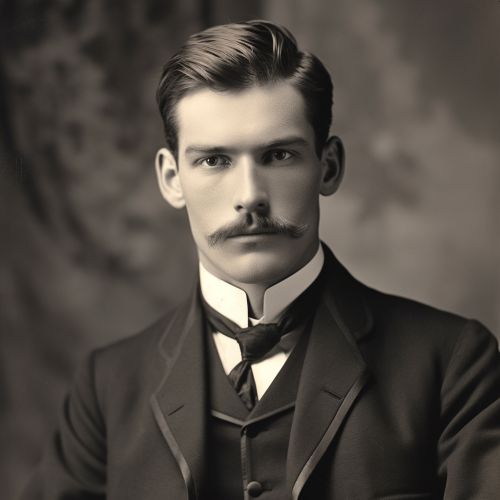John Augustus Roebling
Early Life and Education
John Augustus Roebling was born on June 12, 1806, in Mühlhausen, Thuringia, Germany. His father was a tobacco manufacturer and merchant. Roebling received his early education at the local gymnasium, where he showed a keen interest in mathematics and natural philosophy.
In 1824, he enrolled at the Royal Polytechnic Institute in Berlin, where he studied architecture, bridge construction, and hydraulics. He also attended lectures on philosophy and languages. Roebling graduated in 1826 with a degree in civil engineering.
Emigration to the United States
In 1831, Roebling emigrated to the United States with his brother Carl and a group of German immigrants. They settled in Saxonburg, Pennsylvania, where they established a farming community. Roebling also worked as a surveyor in the Pennsylvania Canal Commission.
Early Engineering Career
In 1837, Roebling started his engineering career by designing and building aqueducts for the Pennsylvania Canal. His work on the canal introduced him to the concept of suspension bridges, which would become the focus of his career.
In 1841, he established the John A. Roebling's Sons Company, which manufactured wire rope and other products. The company's wire rope was used in many of Roebling's later bridge designs.
Bridge Designs and Construction
Roebling's first significant bridge design was the Allegheny Aqueduct Bridge in Pittsburgh, Pennsylvania, completed in 1845. This was followed by the design and construction of the Monongahela River Bridge in 1846 and the Niagara Falls Suspension Bridge in 1855.
Roebling's most famous design, the Brooklyn Bridge in New York City, was completed posthumously in 1883. The bridge's design incorporated numerous innovative features, including the use of steel wire for the suspension cables and the inclusion of a pedestrian walkway.
Death and Legacy
Roebling died on July 22, 1869, from tetanus, a result of an injury he sustained while surveying the site for the Brooklyn Bridge. His son, Washington Roebling, took over the project and completed the bridge in 1883.
Roebling's innovative bridge designs and construction techniques had a significant impact on the field of civil engineering. His use of steel wire in suspension bridges and his focus on safety and durability in bridge design set new standards in the industry.
See Also


